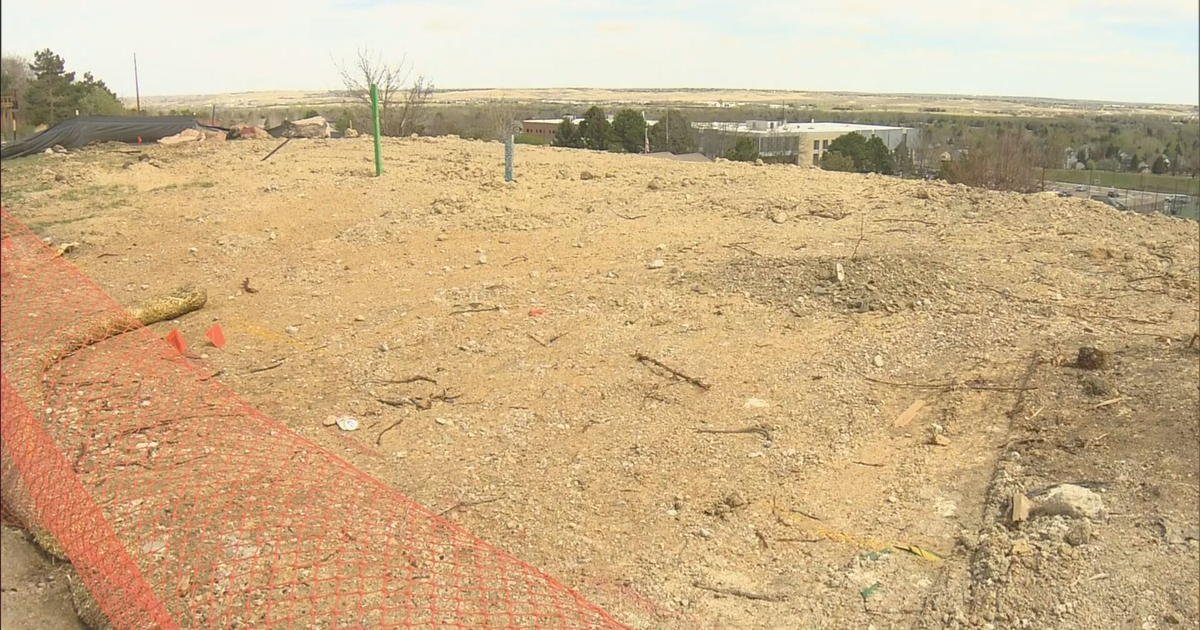Guide to Building a Prefab Home on an Urban Infill Lot

It is no secret that there is a shortage of quality, affordable housing in most areas of the U.S. This is particularly true for large, densely populated areas like the coastal U.S. and major metropolitan areas. One alternative to buying or renting existing properties is to build your own home.
While building a house in any area has several advantages, the process is not always without its unique challenges. On top of the regular challenges of building a home, building on an urban infill lot presents its own, unique challenges. And while prefab homes allow for a majority of the work to be completed off-site, which can reduce costs, shorten build times, and reduce the impact of construction on neighbors, identifying a good location to build can sometimes be a challenge.
To help, we created a checklist for evaluating land for a new prefab home as well as a guide to help you find & evaluate potential lots for your project. Below, we have included a clip of our conversation with architect, Toby Long, regarding due diligence for building lots, specifically, urban infill parcels.
Assessing an Urban Infill Lot for a New Prefab Home
Notes & Take-Aways
Lot Information: 825 Edison Street, Montara, CA 94037
Why is this property not sold?
After several months on the market, this is a good question to ask yourself about a piece of land. Is there something non-obvious that you’re missing? In this case, this lot has been on the market for nearly 3 years, however, the price history shows that the listing has been updated several times. This indicates that it is not a forgotten listing and again, leads us to ask the question, “Why has this property not been sold”?
What is the general condition of the property like?
Using photos from the listing and google maps are two initial ways to inspect a lot. In this scenario, we are able to see that access to the site looks good, there are no visible power lines that could mess with the delivery, and the slope of the lot looks good.
One thing that is also worth considering is the trees on the lot. In many areas, older trees of certain species may be listed as community assets. If that is the case, a permit may be required for their removal. In this case, however, the trees on this lot are not terribly concerning.
What is the ground like?
Unlike general questions of accessibility and location, it is difficult to know what the soil is like from the photos. And while a geotechnical report and survey can be helpful in identifying subterranean conditions, based on our knowledge of the area and the fact that there are other homes located nearby, it does not seem like the soil conditions would be an initial impediment to construction.
What is concerning about this lot?
At its old price point of $600,000, it is possible that the lot was priced too high to warrant building a home that, on paper, makes financial sense. Given the recent price reduction, it is possible that the lot is priced more competitively.
Another concern we have about this lot is based on the infrastructure. Because Toby has done work in San Mateo County in the past, he is aware of local planning requirements, and says,
Historically, the coastal towns and San Mateo County have had challenges with water distribution and there have been water moratoriums that have protected development for years, including in this part of Montara. And so it may be that there's a water issue, or there's an upgrade that's required if you have to improve infrastructure to build the house.
Municipalities don't have big coffers where they can invest in infrastructure upgrades in communities. So a lot of that work falls to developers doing proposed projects. And homeowners building homes for themselves in the eyes of local communities are developers. And so a water main upgrade, a sewer main upgrade, a fire service upgrade, obviously can get very expensive, as we all might anticipate, and could easily start to affect the economics of construction on a site.
Now in my book, I don't know that that's a reason to not explore the property. It could be that if there's, let's just be arbitrary, say there's a $100,000 sewer line upgrade that would be required in order to plug in the new house to the existing infrastructure. Well, in one way or another that might need to reflect in land value. And that may be happening as this property is falling in value or they're reducing costs. And it could certainly present an opportunity for a prospective buyer to approach a seller with an offer. And so, rather than offering what might be stated online as the proposed value of the property, we would come in and offer something less, the basis being that we have to do an infrastructure upgrade, or we have added foundation costs, or there's a road extension or some of the other things that can get people tripped up might reflect on the reduction of the value of the land.
Final Verdict
In the end, the lot looks like it could be a good candidate for modular construction, or at the very least, make it to the next stage of due diligence. If you would like assistance evaluating land for your own project, connect with a member of our Prefab Coaching program.
Once you have selected a piece of land for your project, you might also be interested in our articles on:




